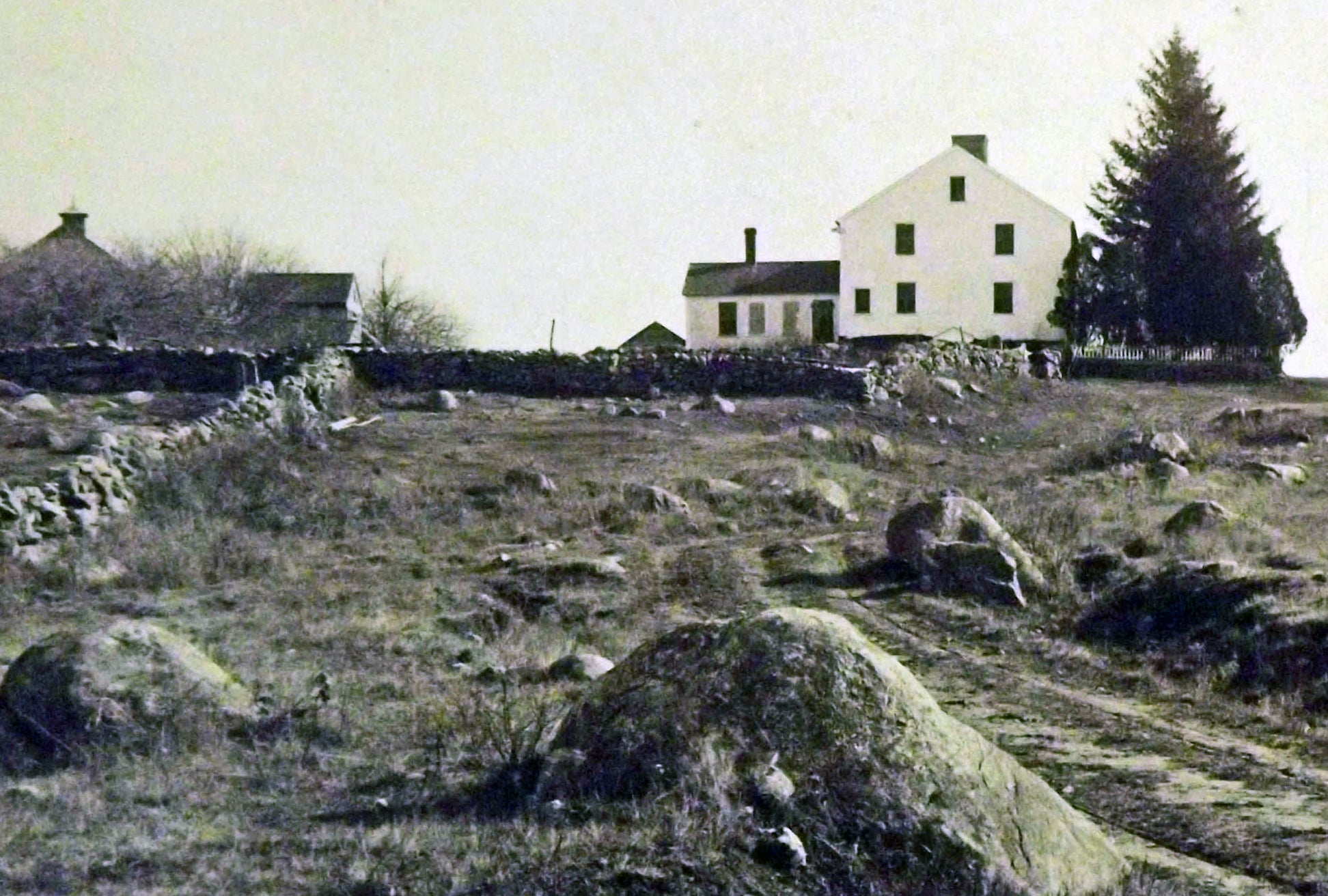KINGSTON, R.I. – Oct. 9, 2019 – Even though it celebrated its 125th anniversary just two years ago, the University of Rhode Island Kingston Campus has a much longer and complicated history. Archaeology and history buffs alike will get to learn more about that history when the University of Rhode Island, in cooperation with the Tomaquag Museum, present “Walking Through Time: The 3000-Year History of the URI Campus,” on Saturday, Oct. 19. The event is part of a statewide celebration of Rhode Island Archaeology Month.
The tour is a culmination of work performed this summer by Arts & Sciences research fellow Cameron Garvey ’20, a history and anthropology major from West Warwick, and Sarah Bowen, a history MA student. Cameron and Sarah have been compiling the long-term history of the University land prior to its founding, using archaeological, historical, geological, topographical and environmental information. Kristine Bovy, professor and chair of URI’s Department of Sociology and Anthropology, along with Chair Rod Mather and Cathy DeCesare of the history department and archaeologist Chris McCabe with the Applied History Lab, helped mentor the pair and plan the tour.
“It’s hard to imagine what it was like before the University was here. But there is so much history that is mostly invisible to people that they don’t even think about. We’re talking going back 3,000 years or more,” says Bovy. “We’re looking forward to helping to make this history real for people and hopefully creating something we can build on in future years.”
Lorén Spears, Narragansett tribal member and executive director of the Tomaquag Museum, will be joining the tour to provide additional context and Indigenous perspective. The Tomaquag Museum is Rhode Island’s first and only museum dedicated to educating the public and promoting thoughtful dialogue on Indigenous history, culture and arts as well as Native American issues of today.
“Part of our goal for the tour is to decolonize the space to some extent and to remind people of the history of the Narragansett and the area before the University,” says Spears. “But what I hope people take away from the tour, is not just the history of what was here in terms of cultural belongings archeologists unearth – but also a better understanding of what endures – our culture and traditions, our relationship with the land, as well as to think about how we are part of this community today as residents, students, staff and faculty.”
The walking tour will begin with an exploration of the history of the Kingston Campus, the land and its people, starting with the ancestors of the Narragansett Tribal Nation who lived and worked on the land for millennia prior to the arrival of European settlers. The tour will also visit the site of a late-18th century burial ground associated with the Niles family, which also likely contains the remains of enslaved Africans and Indigenous people. Archaeological work performed in 1999, prior to the construction of the Ryan Center, indicates 36 intact graves likely remain at this location. This and other sites on the tour will begin to share the history of the land upon which the University sits today.
Organized by the Rhode Island Historical Preservation & Heritage Commission, Rhode Island Archaeology Month promotes the state’s rich archaeological heritage though a series of events led by the professional community.
The tour will begin at 2 p.m. at the Robert J. Higgins Welcome Center, 45 Upper College Road on the Kingston Campus. This event is free and open to the public; however, advance registration is recommended. For more information, or to register, email Kristine Bovy kbovy@uri.edu.

